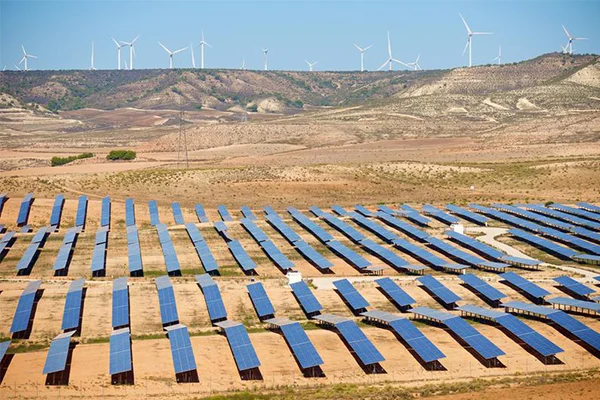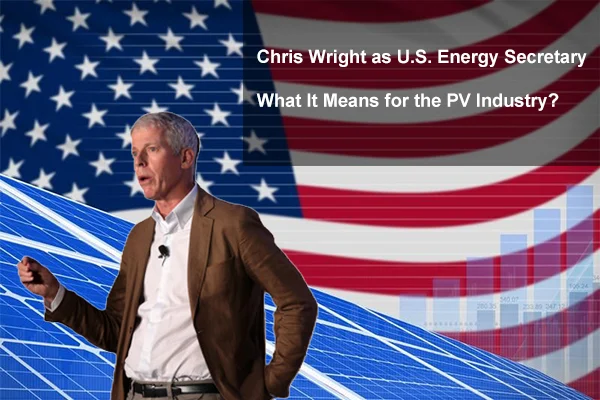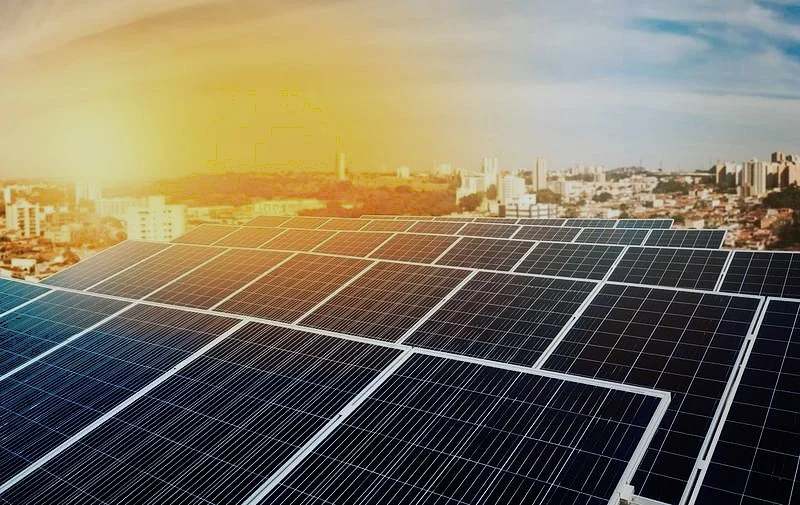Ecuador is facing an electricity crisis of unprecedented dimensions due to a historic drought that has totally crippled its hydroelectric power capacity. The nation, heavily reliant on hydropower, is facing daily power cuts, with the longest recorded for up to 14 continuous hours. This aspect not only points out the vulnerability of Ecuador to climate change but also its urgent need to begin looking for off-grid alternatives.
In this blog, we’ll dive deep into the roots of the crisis, explore its cascading impacts, and examine potential remedies that could light up Ecuador’s future.
The Perfect Storm: Why Ecuador’s Energy Crisis is Happening

Ecuador's electricity woes stem from a dangerous combination of factors:
Reliance on Hydropower
With more than 80% of its electricity generated through hydropower, Ecuador's energy security depends heavily on steady rainfall. However, the ongoing 2024 drought has led to a sharp decline in water levels at key reservoirs.
Case in Point: The Coca Codo Sinclair Dam, Ecuador’s largest hydroelectric plant, is producing power at less than 50% of its capacity due to water shortages.
Climate Change Amplifying Weather Extremes
Studies indicate that due to climate change, severe droughts have been on the increase in South America. The inability of Ecuador to diversify its energy mix leaves it exposed to such climatic shocks.
Aging Infrastructure and Limited Investments
While modern hydroelectric facilities like the Coca Codo Sinclair Dam were supposed to enhance energy security, poor maintenance and delayed upgrades have only worsened the crisis.
Power Outages: More Than Just Inconvenience
The impacts of prolonged power outages are far-reaching:
Economic Slowdowns
As a result, industries that require constant electricity, such as manufacturing and agriculture, have begun scaling down their operations, causing workers to lose their jobs and/or decrease productivity.
Social Frustrations
Prolonged blackouts have resulted in disgruntled citizens. Social media is filled with posts, from spoiled refrigerated items to disrupting daily routines.
Healthcare Risks
Hospitals and clinics, particularly in rural areas, cannot operate properly during these power losses, which threatens people's lives.
Thinking Off-Grid: Is This Ecuador’s Moment for Renewable Innovation?
To counter the electricity crisis, experts are advocating for off-grid solutions and greater investment in renewable energy alternatives.
Solar Power Farms
Ecuador has abundant sunlight, making solar farms a viable solution. Expanding solar infrastructure could diversify the energy mix and reduce reliance on hydropower.
Community-Based Microgrids
Small-scale, decentralized energy systems can serve rural areas most affected by blackouts. These microgrids often run on solar or wind power and are resilient to central grid failures.
Energy Storage Systems
Developing battery storage technologies could help Ecuador store excess energy during wet seasons to use during droughts.
The Case for Solar and Wind Systems

1. Diversifying Energy Sources
The introduction of solar systems and wind energy can considerably reduce the nation's reliance on hydropower. Unlike hydropower, these systems are independent in terms of rainfall, therefore being ideal for combating drought-induced energy shortages.
- Solar Energy Potential: Ecuador’s location on the equator provides consistent, high-intensity sunlight year-round, making solar panels an exceptionally efficient option.
- Wind Energy Viability: Coastal regions, such as Manabí, and high-altitude areas, like Chimborazo, are prime locations for wind farms due to their steady and reliable wind patterns.
2. Flexible and Resilient Off-Grid Solutions
Off-grid solar systems and hybrid setups combining solar and wind energy can provide electricity even in remote areas affected by grid failures.
- Example: Villages in the Andean highlands could install off-grid solar systemsto power homes and community centers, reducing reliance on unstable grid electricity.
- Real-World Success: Similar setups in Peru have provided reliable power for remote communities, proving the viability of these solutions in neighboring countries.
3. Environmental Benefits
Both solar and wind systems produce zero emissions, helping Ecuador mitigate climate change while addressing its energy crisis. By investing in these technologies, Ecuador can:
- Reduce its dependence on fossil fuels during crises.
- Support global efforts to curb greenhouse gas emissions.
Economic and Policy Support for Renewable Energy
1. Government Incentives
The Ecuadorian government has introduced measures like 100% income tax exemptions for renewable energy investments. These policies aim to attract private sector funding for solar and wind projects.
2. International Collaboration
With international partnerships, Ecuador can accelerate its adoption of solar and wind systems. For example, collaboration with organizations like the International Renewable Energy Agency (IRENA) can provide technical expertise and funding.
Huijue Solar’s Role in Hybrid Energy Solutions
Companies like Huijue Solar offer tailored energy solutions, such as home hybrid energy systems that integrate solar panels with lithium batteries. These systems are:
- Easy to install and scalable for various energy needs.
- Designed to ensure reliable power during grid outages.
- A cost-effective solution for rural electrification.
👉 Explore more at Huijue Solar Hybird Power Solutions.
Can Ecuador Learn from Other Nations?
Countries like Kenya and India have successfully mitigated power crises through targeted interventions. For example:
- Kenyaembraced off-grid solar systems, particularly in rural areas, reducing its energy deficit by 30%.
- India's National Solar Missionenabled large-scale adoption of solar energy, helping bridge gaps during periods of low hydropower generation.
Could Ecuador initiate such projects? These changes necessitate political will and investment, yet the gains from the projects would greatly outweigh the costs within short-term frames.
What’s Next for Ecuador’s Energy Future?
Ecuador’s electricity crisis raises pressing questions:
- How can the government balance immediate relief with long-term energy planning?
- Is now the time to rethink energy dependence on hydropower, or does it remain a cornerstone of the nation's strategy?
One thing is clear: the time for action is now. Ecuador’s current struggles highlight the urgency for a sustainable, diversified energy future.
A Final Anecdote
Residents of a small village close to Guayaquil have just collectively invested in solar panels. This has provided them with enough energy to keep their basic lights on and refrigerate their food during blackouts. It's a poignant reminder that sometimes, innovation begins at the community level.
By directly addressing energy challenges and adopting solutions such as off-grid solar and community microgrids, Ecuador could emerge stronger and more resilient from this energy crisis.
Let’s hope the nation’s leaders—and its citizens—seize this opportunity to illuminate a brighter path forward.





